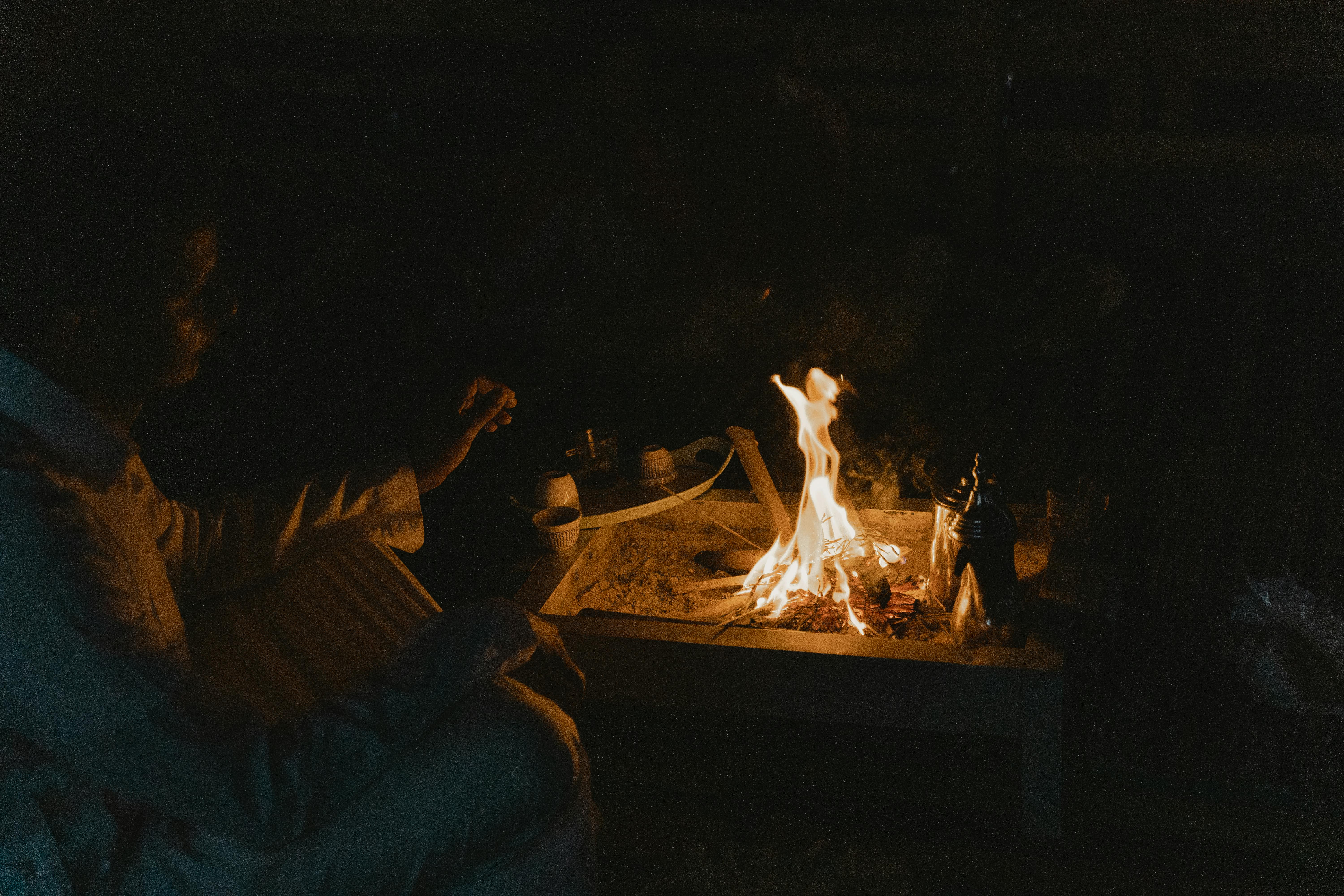Barbecue success with the rule of thirds
Have you ever been to a barbecue party where the “chef” would put as much food as he could on the grill, occasionally poking the food with a fork and juggling it to cook evenly? Did he ever notice how, within a few minutes, the flames begin to flicker gently under the food, the chef standing back proudly admiring the charcoal grill effect he is creating? Have you ever noticed the panic that occurs when flames suddenly jump out and surround food burning it black on the outside and leaving it raw on the inside?
The difference between a great grilled barbecue and burnt offerings lies in a few small precautions. The chef just described made some fatal mistakes that could have been easily avoided. However, before we discuss errors, let’s consider the equipment we are talking about. Although the same can happen with gas as with charcoal, gas grills can be turned down, or turned off, when the flames start to get out of control. Flames can also be controlled if the barbecue grill has a tight-fitting lid, such as with a Weber kettle grill. However, most people seem to cook on an open grill with the lid, if it has one, open. Note that we are talking about a barbecue grill here, where the food is cooked directly over the coals. True barbecue uses indirect heat with the food completely enclosed as if it were in an oven. So the barbecue grill that our imaginary chef is using is an open top charcoal barbecue grill.
Now let’s take a look at our imaginary chef’s mistakes.
First, he filled the grill full length with charcoal, providing a constant heat source, with no lower-heat zone to place food in if it started to burn. A simple solution is to use the rule of thirds. Imagine that your barbecue grill is in thirds. Fill two-thirds of the grill with charcoal and leave the remaining third empty. Cook your food over the hot coals and when your food is ready, starts to burn or creates out of control flames, move it to the section above the empty grill. The food will stay warm but will not cook any further (or possibly cook much more slowly) and will not cause flare-ups. Additional refinement can be obtained, if you have a large enough grill, by placing a double level of coals in one third of the grill, a single level of coals in the middle, and no coals in the final third. Now you have three levels of heat!
Another mistake was overfilling the grill. Filling it completely leaves no room to maneuver the food. You can’t turn it for even cooking and you don’t have room to move the food to a lower heat. Assuming you’re using the rule of thirds as described above, when you start cooking, leave the grill area above empty where you haven’t placed coals. So you have room to move the cooked food. Second, don’t fill the cooking portion of the grill with food. Leave room to comfortably turn your food.
A second problem with overcrowding is the use of foods that require different cooking times. When the coals are first ready for use, they are at their hottest point. This is the time to cook small, thin foods that can be cooked in a short time on high heat. These include items like sausages, hamburgers, kebabs, and small pieces of boneless meat. Don’t forget that foods like hamburgers and sausages leak fat and juices onto the charcoal during cooking and this is what causes flare-ups. So you’ll need to keep an eye on food constantly and move it to a lower temperature area if necessary (did I mention the rule of thirds?). After the heat has cooled down a bit, begin grilling foods that take a little longer to grill, such as chops, steaks, and bone-in meats. Finally, when the heat is even lower, grill foods like fruit skewers that really just need heating.
Last but not least, our imaginary chef stabs his food with a barbecue fork to flip it. During the first few minutes of grilling, the heat seals the surface of the meat, sealing in the juices. When the meat is pierced, the juices flow into the coals, causing the meat to dry out and toughen, producing a flame that burns the food. When he flips the food, he always wears barbecue flip-flops.
With a charcoal barbecue, controlling the heat is complicated. Instead, you want to make sure you cook your individual foods at the most appropriate time and have separate heat zones. Use the rule of thirds to provide separate areas of heat. When cooking your food, grill quick-cooking foods first when the coals are hottest. Second, cook foods that require medium heat cooking for a longer time. Third, cook foods that need low heat.
